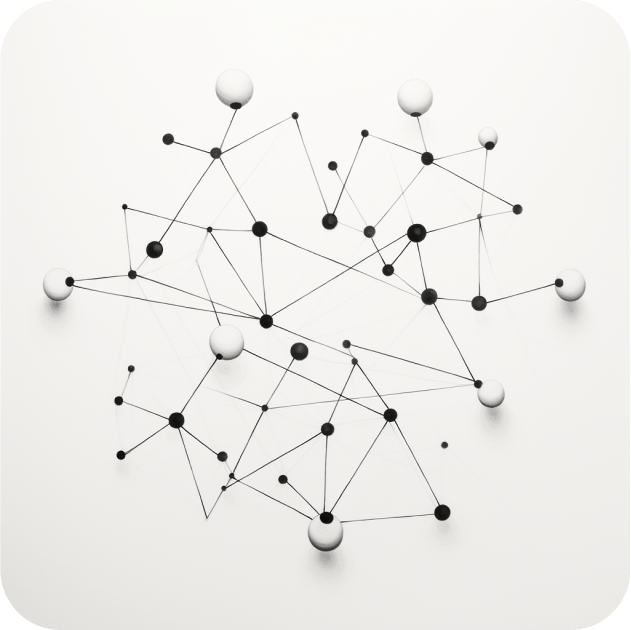Dagster Data Engineering Glossary:
Data Archiving

Data archiving definition:
Data archiving, in the context of modern data pipelines, refers to the process of moving data that is no longer actively used to a separate storage system for long-term retention. Data archiving helps in reducing primary storage costs, enhancing system performance, and ensuring compliance with data retention policies and regulations. The archived data is indexed and has search capabilities, so it can still be easily accessed and retrieved if needed. It's a critical part of a data lifecycle management strategy and is usually one of the last stages in a data pipeline.
Data archiving strategies in data engineering:
Archiving strategies are important to ensure that data is stored efficiently and can be retrieved when needed. Here are some main archiving strategies used in data engineering specific to data pipeline design:
- Cold storage: This strategy involves storing data that is infrequently accessed, and therefore can be stored on cheaper, slower storage devices. This is often used for archival purposes, where the data needs to be retained for a long period of time, but is not accessed frequently. Examples of cold storage solutions include Amazon Glacier and Google Cloud Storage Nearline.
- Partitioning: This strategy involves dividing data into smaller, more manageable chunks called partitions, which can be stored separately. This can help to improve query performance by allowing data to be queried in parallel. For example, data can be partitioned by date, region, or any other relevant attribute.
- Compression: This strategy involves reducing the size of data by compressing it, which can help to reduce storage costs and improve transfer times. There are many compression algorithms available, such as gzip and bzip2, which can be used depending on the type of data being compressed.
- Incremental backups: This strategy involves backing up only the changes made to data since the last backup, rather than backing up the entire dataset each time. This can help to reduce the amount of data that needs to be backed up, and also reduce backup times.
- Versioning: This strategy involves keeping multiple versions of data over time, which can be useful for auditing purposes or for keeping track of changes made to the data. Versioning can be achieved through techniques such as snapshotting or using version control systems.
- Data archiving to the cloud: Cloud providers like AWS, Azure and GCP offer data archival solutions where data can be transferred and stored securely in their cloud infrastructure. This can provide cost savings, flexibility and durability compared to on-premise solutions.
These are some of the main archiving strategies used in data engineering to ensure that data is stored efficiently and can be retrieved when needed. Choosing the appropriate archiving strategy for a particular data pipeline will depend on factors such as data access patterns, data size, cost, and retention requirements.
Append

Augment

Auto-materialize

Backup

Batch Processing

Cache

Categorize

Checkpointing

Deduplicate

Deserialize

Dimensionality

Encapsulate

Enrich

Export

Graph Theory

Idempotent

Index

Integrate

Lineage

Linearizability

Materialize

Memoize

Merge

Model

Monitor

Named Entity Recognition

Parse
Partition

Prep

Preprocess
Primary Key

Replicate
Scaling
Schema Inference

Schema Mapping
Secondary Index

Software-defined Asset

Synchronize
Validate

Version
